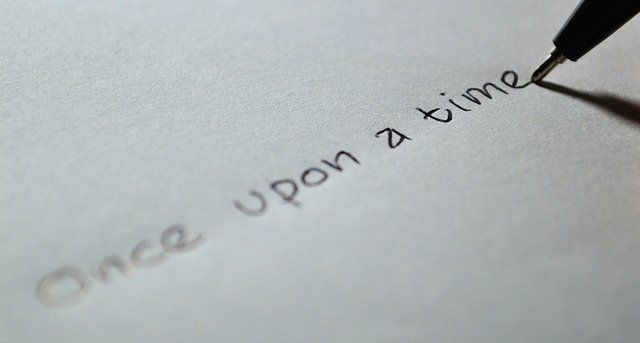Show don’t tell. This is a mantra embedded deep into my brain as a writer. It is the first of the writing ten commandents – break it at your peril!
I have never thought to apply it to public speaking. Yet there it was: principle number 12 in a list of 23 principles for great storytelling in the context of TED talks. So what else do TED talks and written stories have in common?
The answer is quite a lot. My title for this Coffee break chatter is another shared principle. Master TED storytellers dive straight into the story. Great authors do the same. I once purchased a novel because the opening line was ‘The watermelon exploded over the pavement.’ Ever since, I have tried to come up with opening lines that hook the reader in as effectively as an exploding water melon.
The importance of conflict is another element of a great TED story, and equally important in written stories. I realised today that I tend to think of conflict as being between characters, but it can be bigger than that – just think of Tolstoy’s War and Peace. He puts big picture conflict right there in his title.
Other story telling techniques drawn from TED that are equally applicable for the written word include the use of dialogue to bring vibrancy to a story and bringing stories to life through the use of the five senses: getting the reader or listener to buy into a story by painting a picture that references sight, hearing, smell, taste and touch.
I picked all of this up from a 60-page book called TEDTalks Storytelling: 23 Storytelling Techniques from the Best TED Talks by Akask Karia.
Whether you’re a writer or a public speaker (or you dabble in both arenas like me), it is well worth a read. I love watching TEDTalks. The next one I watch I will not only enjoy the content, but on the look out for great storytelling techniques that I can adopt.
Check out Karia’s website too. It contains loads of free resources on storytelling, public speaking and more.
Image by Fathromi Ramdlon from Pixabay.

